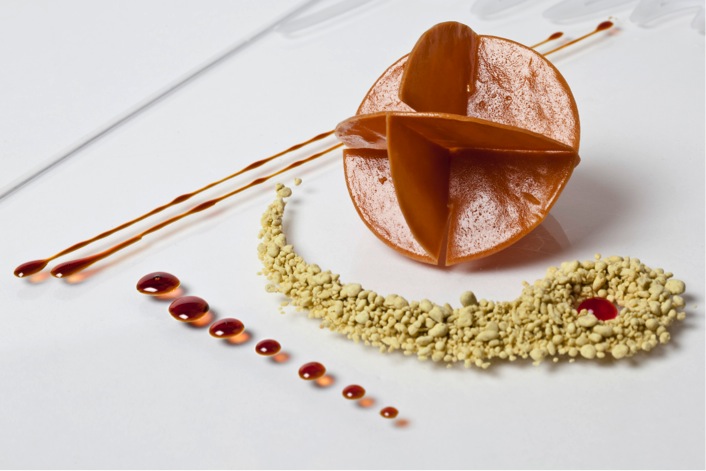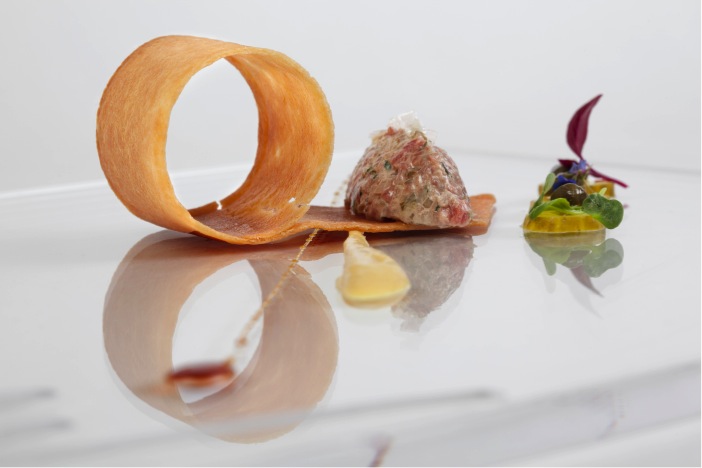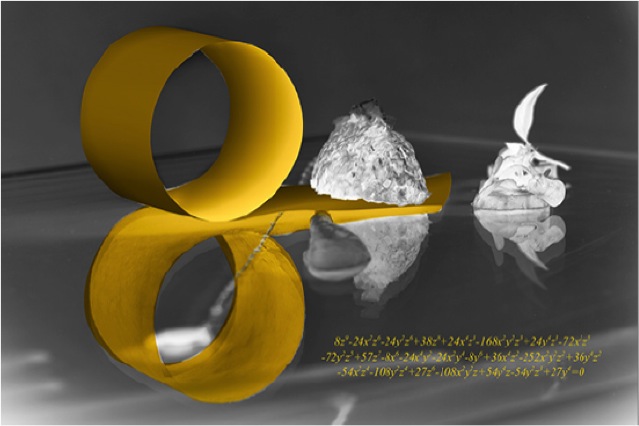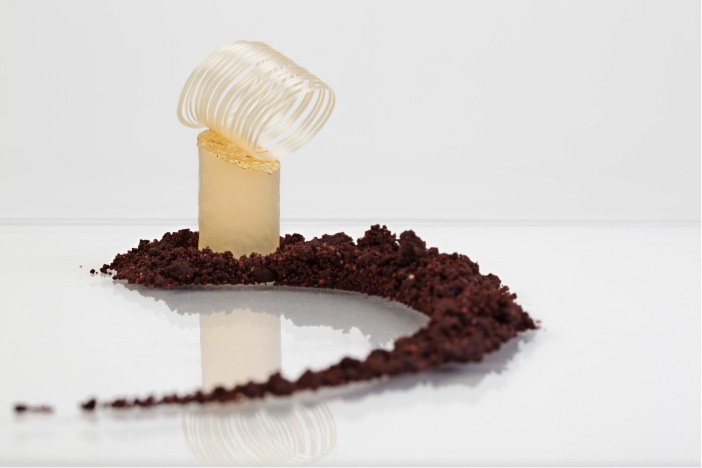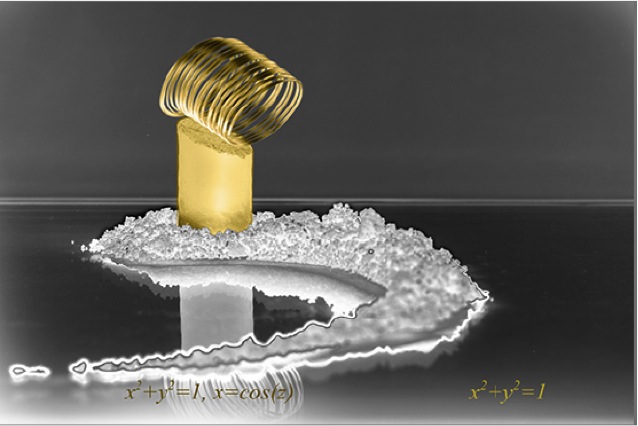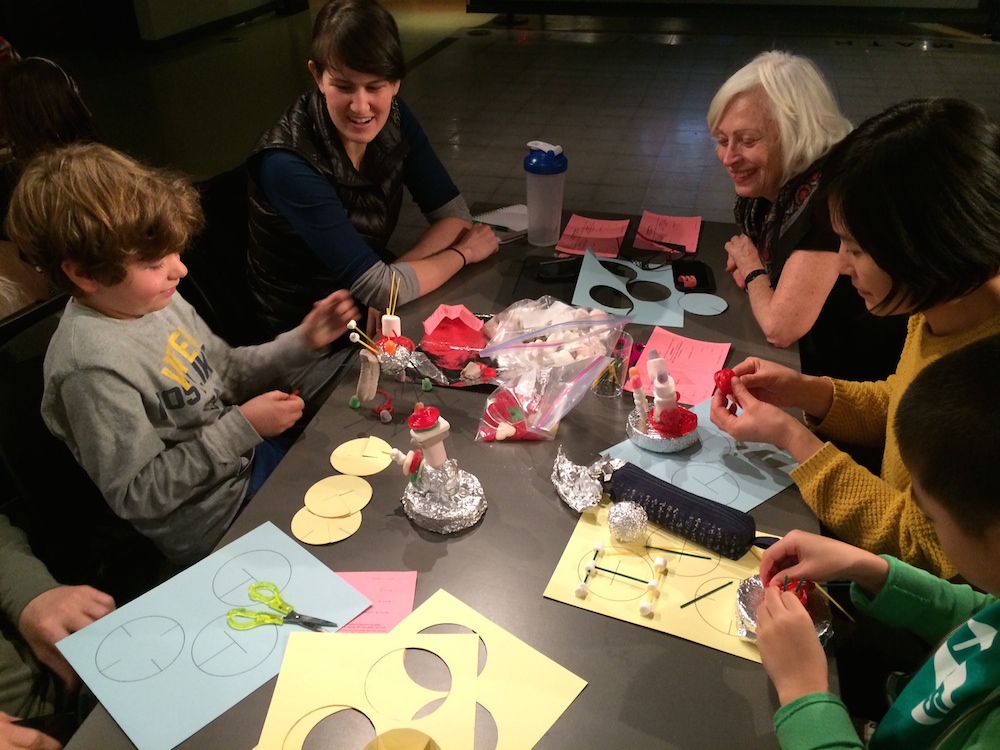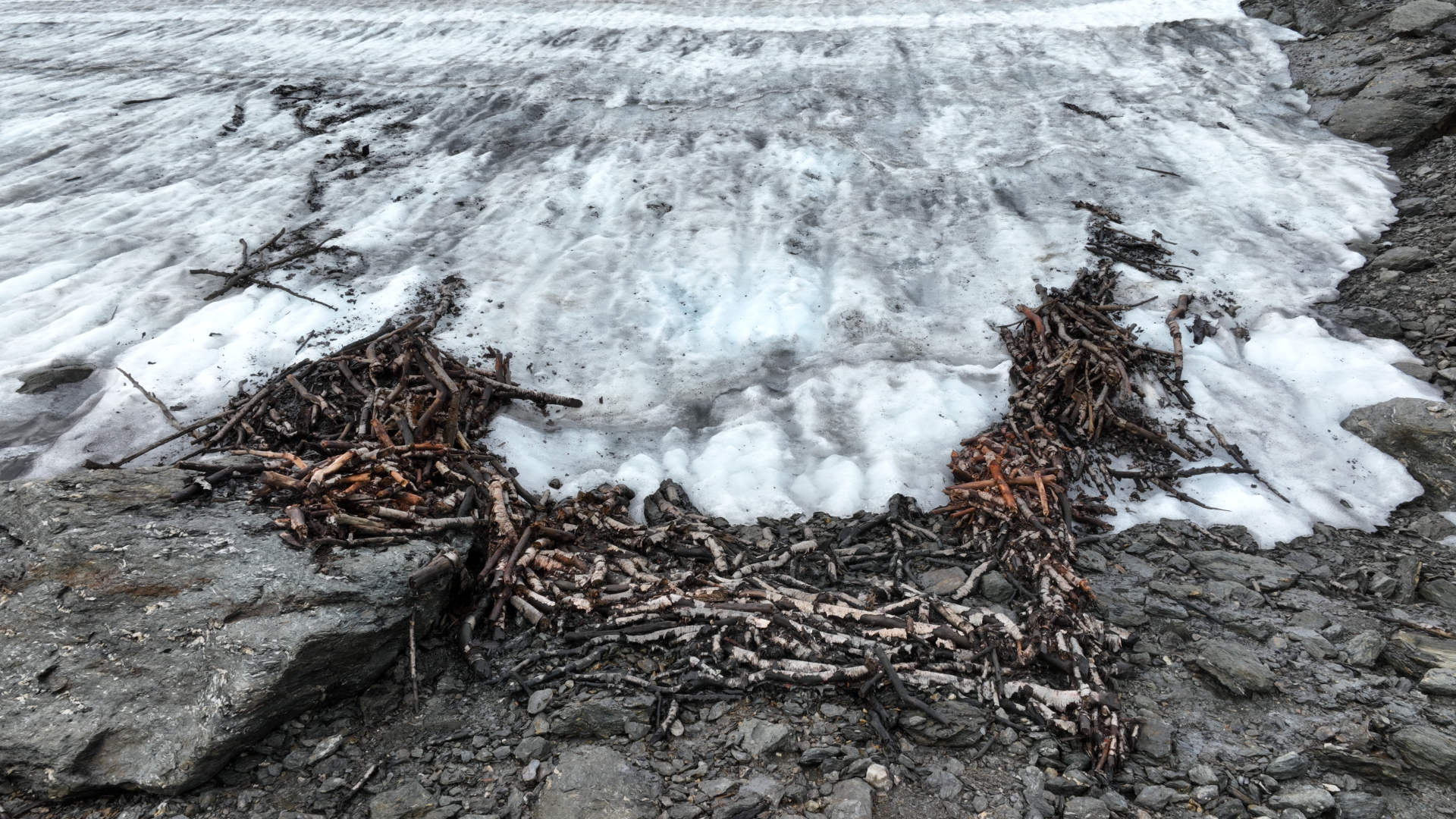Mouthwatering Math: Culinary Creations Combine Food and Formulas
NEW YORK — What do mathematics and cooking have in common? They both involve a search for beauty in the world around us, one mathematician says.
Mercedes Siles Molina is a mathematician at the University of Malaga, in Spain, who wanted to combine her passions for math and cooking. Moline enlisted the help of Chef José Carlos Garcia and photographer Pedro Reyes Dueñas to develop a series of culinary creations based on mathematical shapes and formulas.
"It’s a collaboration among all of us," said Molina, who gave a talk about her work here at the National Museum of Mathematics (MoMath). During the event, math enthusiasts of all ages created their own "mathematical landscapes" out of candy and marshmallows.
Molina showed Garcia and Dueñas a series of mathematical formulas corresponding to interesting shapes, and the chef and photographer worked together to translate them into culinary works of art. The resulting photographs were part of an exhibit called the "Taste of Mathematics," which has been on display in many cities, from Spain to Panama. Here are a few of the photos of the math-inspired dishes, followed by their corresponding mathematical shape.
Almond nougatine with sand of pistachio / Kreutz
The nougatine is made of dried almonds, sugar and water. The sand was made with pistachio flour. The parallel lines and half-spheres are made of caramel. The piece represents the intersection of three planes, and the intersection points represent the equation xyz=0. The pistachio sand describes a curve. (Image credit: Pedro Reyes Dueñas)
Strawberries with tiles of coral and cocoa / Cylinder
Get the world’s most fascinating discoveries delivered straight to your inbox.
The line of red dots invites the viewer to pass through the "coral" chocolate cylinder. The cylinder is made of glucose, which, when cooked in the oven, opens like a coral. The brown sand is made of cocoa. (Image credit: Pedro Reyes Dueñas)
Steak tartar with cylinder of cigarette / "Wood shaving"
The "wood shaving" (as the shape is called) is made of flour, water and olive oil, and each ingredient weighs 3.5 ounces (100 grams). The mathematical formula for a wood shaving is quite complicated. (Image credit: Pedro Reyes Dueñas)
Helicoid of olive oil / Helicoid and cylinder
The chefs created the helidocoid out of olive oil at a temperature of 240 degrees Fahrenheit (115 degrees Celsius), using a drill to give it its shape. The cylinder is made from Moscatel grape jelly (Moscatel grapes, olive oil, cocoa and edible gold). The formula for the helicoid is not algebraic. (Image credit: Pedro Reyes Dueñas)
Orange blossom meringue
This meringue was cooked by drying it outside, to preserve its light color. It contains only egg whites and orange blossom syrup. After the exhibitions, the restaurant used the meringues to create a "biznaga," or bishop's flower, as a present for their clients. (Image credit: Pedro Reyes Dueñas)
Mathematical landscapes
At the MoMath event, kids and kids-at-heart built their own "mathematical landscapes" out of candy, toothpicks and other materials. The participants later devoured their edible sculptures. (Image credit: Tanya Lewis)
Follow Tanya Lewis on Twitter and Google+. Follow us @livescience, Facebook & Google+.

